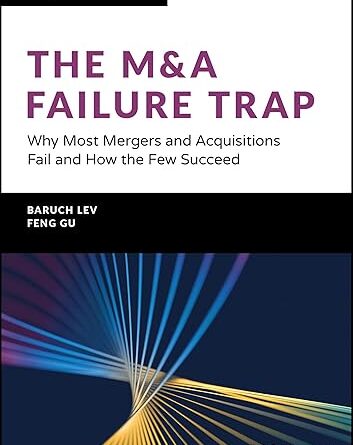
Earlier this year, I wrote about an experiment performed by some researchers at Dartmouth College who let reindeer pick stocks from the Wall Street Journal. The reindeer did quite well in the first month after picking their stocks and managed to outperform the S&P 500 by 4.9%.
As 2021 draws to a close, it’s time to check up on those reindeer since they are now preparing for another Christmas Eve sleigh ride and will presumably be busy delivering presents rather than reading the Journal and adjusting their portfolios. Though as we will see, come of them might want to sell some stocks to lock in their losses and use them to offset future capital gains. But then again, since they tend to live at the North Pole — international waters — they may not have to pay taxes to begin with.
While Rudolph and Blitzen invested in market exchanged-traded funds (ETFs) — the former in the Vanguard Small-Cap ETF and the latter in the Vanguard Emerging Market ETF — the other reindeer largely followed their proprietary active investment strategies and favored individual stocks.
We don’t know the details of every reindeer’s investment process or the analysis they conducted for each stock they selected, but we can study their portfolios. It turns out, they exhibit strong herding behavior, with a distinct preference for momentum stocks in the consumer, technology, and health care sectors. Today, we know that these three sectors have not performed too well this year, so it is no surprise that the average reindeer portfolio lagged the S&P 500 by 10.4% through 13 December. Because the reindeer typically selected very concentrated, five-stock portfolios, their portfolio tracking error was large at 6.9%, creating an information ratio of -1.5.
Average 2021 Reindeer Performance vs. S&P 500*

* Through 13 December
But while the portfolios underperformed the S&P 500 on average, there was a wide divergence among the individual reindeer. The chart below shows the performance of each reindeer in comparison to the S&P 500 and the average actively managed US equity fund through 13 December as reported by Morningstar.
Individual Reindeer 2021 Performance*

* Through 13 December
Three reindeer have had an enormously successful year, beating the S&P 500 by more than 8 percentage points each. Cupid, the best performer this year, followed a core-satellite approach. He invested in the Schwab US Broad Market ETF, the Invesco QQQ Trust, and the iShares 7–10 Year Treasury Bond ETF as core holdings and then added railway leasing company GATX and insulator manufacturer Aspen Aerogels as satellite investments. And while GATX roughly matched the overall market, Aspen Aerogels is up 234% year to date.
Dasher meanwhile followed a classic stock-picker strategy and seems to have had a great year, with four out of his five stocks outperforming the market. In particular, Dasher was the most contrarian investor in the herd, selecting an Indian bank (ICICI Bank), energy (Chevron), and a utility stock (Evergy) together with two retail stocks. Vixen also followed a stock-picking strategy but with mixed success. While Jones Lang Lasalle is up 75% year-to-date, Jazz Pharmaceutical is down 25%, but on average, Vixen still generated strong performance.
On the other end of the spectrum, Boris managed to lose 20.3% of his investment, underperforming the S&P 500 by 46%. Boris’s judgment was universally bad. None of his five stocks even came close to matching the performance of the market. Software firm Fastly is down 53% so far this year and credit score company Fair, Isaac and Company has fallen 20%. Alcoholic beverage company Constellation Brands, maker of Corona Extra, is the only stock in Boris’s portfolio with positive returns.
Overall, eight out of 11 reindeer underperformed the S&P 500 this year, demonstrating once more how hard it is to beat a passive benchmark in any given year. But did the reindeer do better than the average fund manager? Ever since Burton Malkiel posited that blindfolded monkeys throwing darts at the financial pages could build as good a portfolio as the experts, active managers have had something to prove. And it turns out they were more than a match for the reindeer. Seven out of 11 reindeer underperformed the average active fund manager, and the average reindeer portfolio lagged the average active fund performance by 1.8%.
So, while we can’t say anything about monkeys throwing darts, reindeer picking investments from the Wall Street Journal don’t pose an existential threat to the fund industry. At least not yet.
For more from Joachim Klement, CFA, don’t miss Risk Profiling and Tolerance and 7 Mistakes Every Investor Makes (and How to Avoid Them) and sign up for his regular commentary at Klement on Investing.
If you liked this post, don’t forget to subscribe to the Enterprising Investor.
All posts are the opinion of the author. As such, they should not be construed as investment advice, nor do the opinions expressed necessarily reflect the views of CFA Institute or the author’s employer.
Image credit: ©Getty Images / Mona Dienhart / EyeEm
Professional Learning for CFA Institute Members
CFA Institute members are empowered to self-determine and self-report professional learning (PL) credits earned, including content on Enterprising Investor. Members can record credits easily using their online PL tracker.








